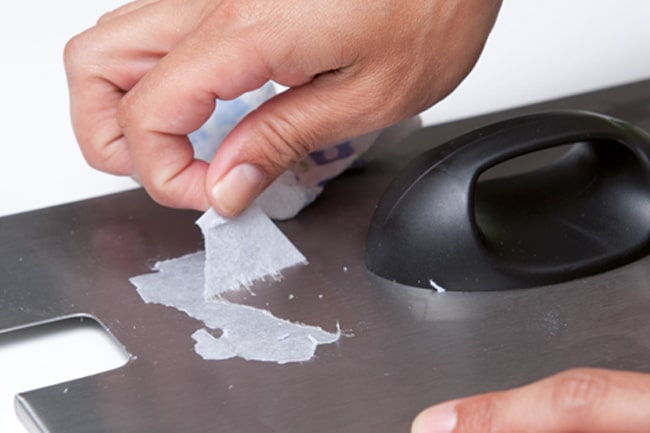If you take a look around, stickers are sort of everywhere. They’re on product labels, decals, store signs, laptops, and other kinds of things. Many people find it fun to use stickers and personalise their belongings. However, there are only so many that you can use before you run out of space. When this happens, what should you do?
Well, you should replace them of course. You may feel apprehensive about removing your decals from your laptop. After all, who wants to look at the mess it’ll leave? But don’t you worry, we are here to lend a hand. We understand how difficult it can be to rid yourself of the residue left behind by these adhesive little buggers.
We’ll be providing you with different tricks and tips to help you get rid of the pesky adhesive residue left behind. Each method will provide you with options to ensure that you’ll be able to remove the stickers from various surfaces.
Wooden Surfaces
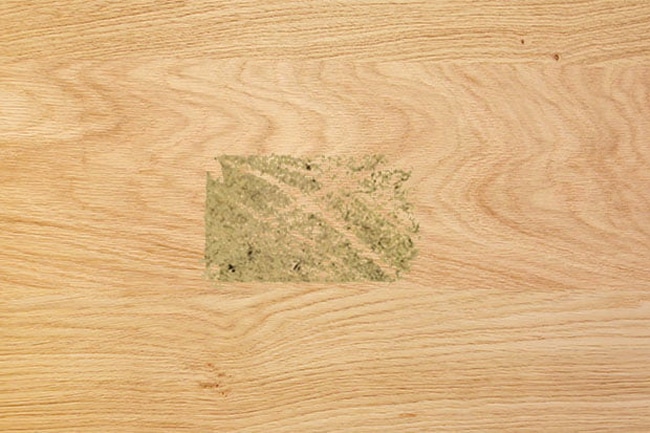
The delicate nature of wood makes it difficult to handle. You’ll need to use a mixture of baking soda and olive oil to create a paste. Apply this paste and let it set in before gently rubbing the residue away with a cloth. You can repeat this until the residue completely disappears. Other solutions you can use are vinegar or soap and water.
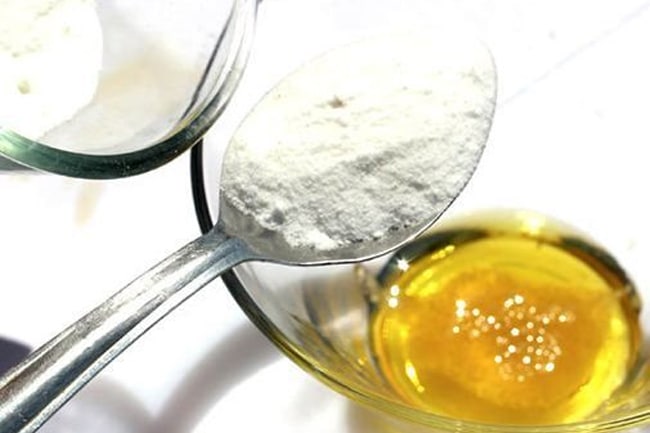
The method you use should also depend on what type of wood the surface is. Before you start the removal process, you should test out a small piece to see how the wood reacts. For this reason, we cannot recommend messing around with soft and sensitive wood types like lacquered mahogany or oak. You could do some major damage to the wood by exposing it to chemicals.
Plastic Surfaces
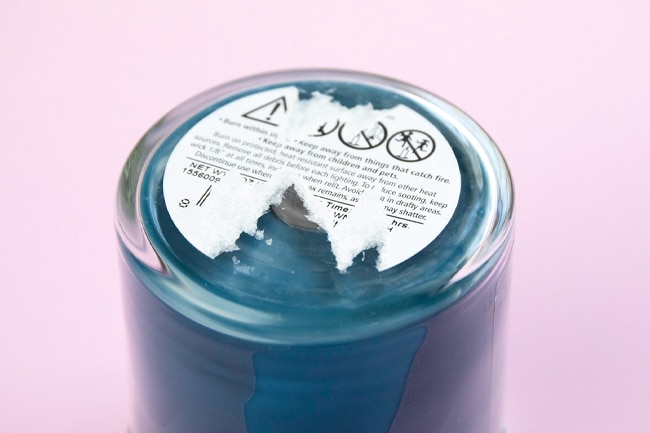
For this sort of surface, we recommend that you use rubbing alcohol or a mixture of coconut oil and baking soda. You can start scraping or rubbing the residue off after you soften it up with the help of the solvent you choose to use. Another option is the classic vinegar trick. After a few drops, you should be able to slowly remove the residue left.
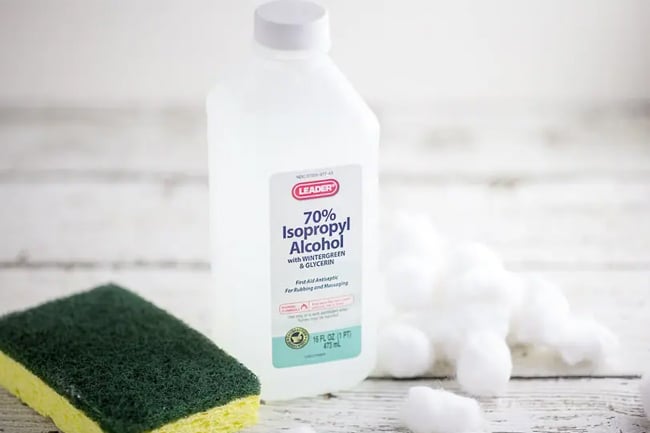
Similar to wood, you may want to avoid certain methods for plastic surfaces. For example, using a dryer to heat up the adhesive could also end up damaging the plastic, bending and warping it. Similar to how you would test the solution on the wood, you should similarly do it here. This will allow you to adapt if the solution isn’t compatible.
Glass Surfaces
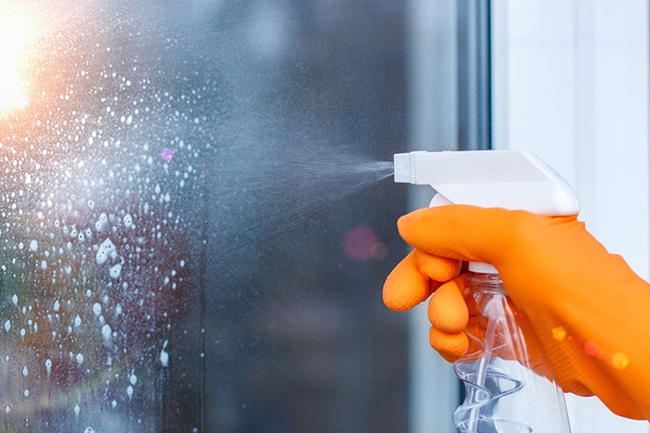
Custom decals and stickers are often used on windows, doors, and showcases. Like the other two, this surface requires special care to avoid streaks or damage to the surface. We recommend using a mixture made up of water and vinegar to make a potent solution. Apply it on the glass surface with a soft cloth, let it sit for a few minutes and then wipe the adhesive away.
If you are removing decals from your vehicle, one of the cleanest ways to do it is by using a hair dryer. Set it to the lowest setting and soften the decal up. You can then peel it off or use a tool to carefully remove it.
You can follow those methods to start removing unwanted stickers from different surfaces. Cleaning up the residue might seem like an arduous task, but you can easily do it with a few household items and a few minutes of your time. Once you’ve done the removal and cleanup, you can then move on to applying the new stickers you’ve just bought.
